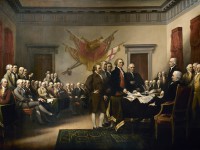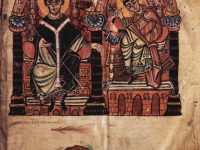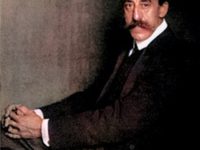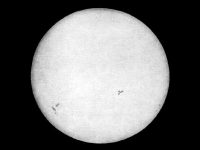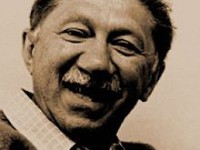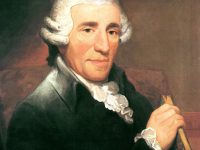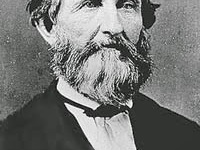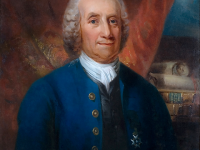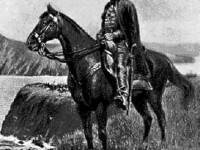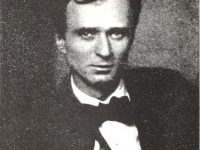The Sugar Act and the American Revolution
On April 5, 1764, the Sugar Act passed by the Parliament of Great Britain. The Sugar Act, also known as the American Revenue Act or the American Duties Act, was a revenue-raising act superseeding the earlier Molasses Act of 1733, which had imposed a tax of six pence per gallon of molasses, had never been effectively collected due to colonial evasion. By reducing the rate by half and increasing measures to enforce…
Read more

